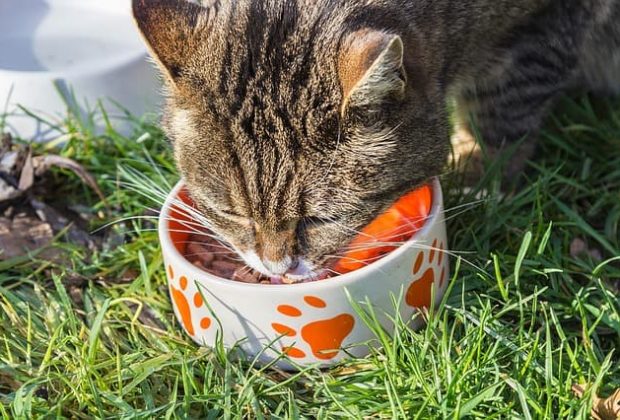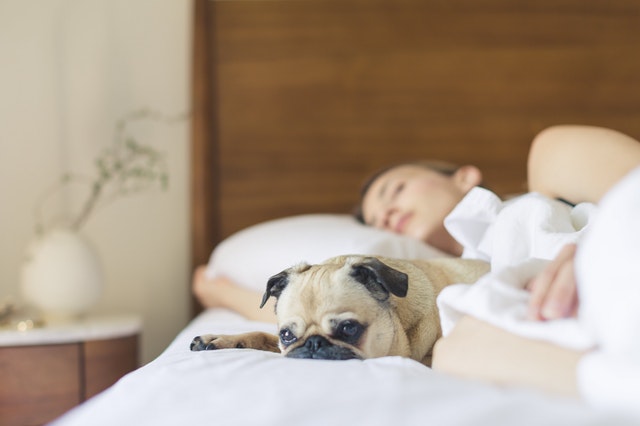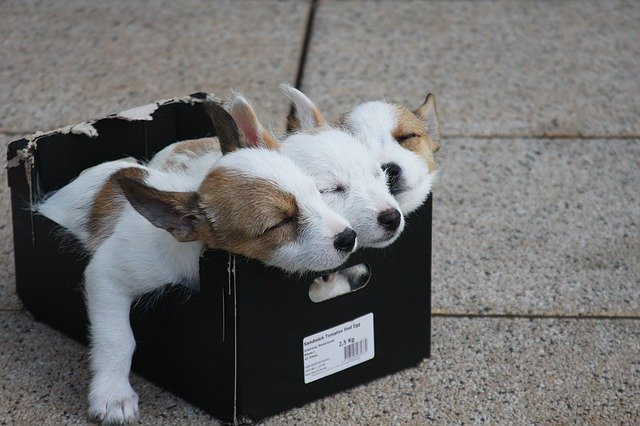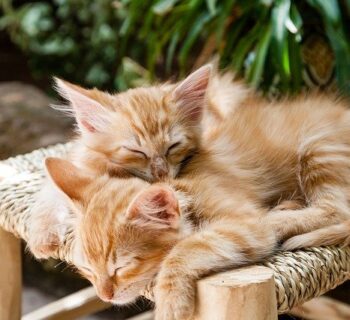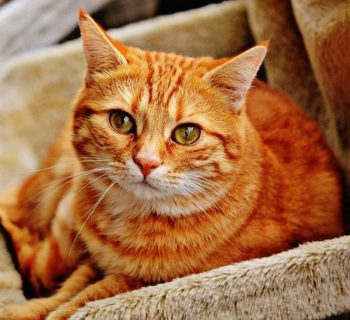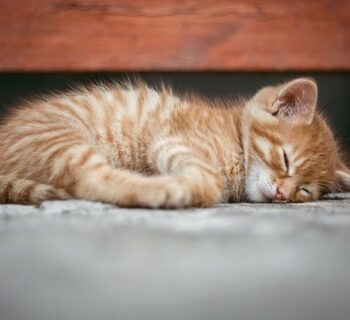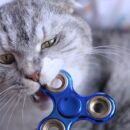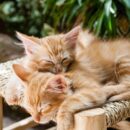Like many other pet parents, you want to give your cat nothing but the best. This, of course, includes ensuring we provide it with the best nutrition at all times.
So, how do you make sure that your feline gets the best nutrition available? Before anything, understand that felines are creatures of habit and thus making any food changes with them can be tricky and even delicate. It is something you should know if you’ve already started your cat on a meal type and looking to make changes.
If, on the other hand, you’re planning on getting a cat, deciding on which type to settle for can be a challenge as most pet shops are stocked with several meal brands and types of food.
To help you decide, we’ll examine some details about both in this article; i.e., their pros and cons. Before that, you can read through our review of the best wet cat food here.
Dry Cat Food vs Wet cat Food: The Lowdown
Wet Cat Food
With most wet cat foods, you’re assured of at least 65 percent of moisture content and this makes it easy to boost the total water intake of your cat. However, wet food should not be left out unfinished for longer than 30 to 60 minutes as it becomes unsafe for your cat after that.
Wet food is also easier for cats to chew and provides your cats with a wide range of ingredients they will enjoy. Plus, most wet cat foods are 100 percent balanced.
If you own a picky eater, especially one that could use some more weight, wet cat food might be your best bet. They smell stronger and would, therefore, entice your cat to eat more. It is also richer in scent and softer in texture, making it easy for kittens, older and ill cats to consume.
For cats with urinary issues, the last thing you want to do is escalate their conditions with dry food. When fed on wet food, these cats enjoy more hydration and lesser strain on their urinary system. Cats suffering from constipation also fare better when fed on wet food because of the sufficient amount of moisture in them.
You must, however, note that wet cat food may produce a lot of mess during feeding. It may also leave stains and bits between your cat’s teeth which would eventually require dental care.
Lastly, it is more expensive than dry food and if you’re on a budget, you may only be able to afford small quantities at a time.
While ultimately the decision is yours to make, wet cat food is worth considering for the essential nutrients it contains that are necessary for your cat’s optimum health and growth. And for cats that may not enjoy drinking plenty of fluids, wet food will help them stay hydrated.
Dry Cat Food
This is possibly one of the best foods for cat owners under a strict budget because of its affordability.. It is easy to store and doesn’t spoil quickly even when left in the open for hours or even days.
Dry cat food can also keep your cat feeling full for longer (less money spent on feeding) while reducing tartar formation. Most vets even recommend dental dry foods because of their abrasive effect.
If you really need your cat to bulk up, it may benefit from dry cat food as these tend to offer more calories than canned wet food. (However, you have to consult with your vet to decide if your cat can use some more weight before you make any dietary changes to that effect).
Unfortunately, there are not as many pros as there are cons to feeding your cat dry food. For one, dry cat food may sometimes offer your cat less protein which is essential for your cat to stay healthy.
Most low-quality dry cat food contains more than the recommended amount of carbohydrates, sugars, and other unhealthy fillers that could cause obesity and many other diseases. It can also be unhealthy for sick, older cats and very young kittens.
With dry cat foods, your cat may be getting less nutrition than a cat eating wet food. True, fillers are essential for the extrusion process that shapes the dry nuggets during production ,but more than half of the time, they’re included to save costs as they’re cheaper than the main protein source – meat.
Furthermore, cats on dry food may not get enough water and may become chronically dehydrated. This could eventually result in health problems like Renal Failure, other urinary issues, and constipation.
Also, cats fed on kibble (dry food) were found to be more prone to diabetes than those fed on wet cat food. This is not unconnected with the high carbs levels in many kibble types and also partly due to the way dry cat foods give them 24hr access to food.
If your cat must eat dry food, many experts recommend that it drinks at least one cup of water for every ten pounds of body weight in a 24-hour period. Your feline will need more in warm weather. Cats on a canned diet, on the other hand, will do just fine with one-third to one-half of that amount of water.
If you feel your cat can use some more weight from dry food, ration the food rather than leaving food around every time.
Bottom Line: Wet or Dry Cat food?
In the end, your cat may have to decide which she prefers between dry and wet food. Most pet nutritionists, however, recommend a combination of both. This is because your feline does not only enjoy the variety that comes from mixing both, she gets to enjoy plenty of moisture in her diet and the dental benefits of dry food.
That said, whether you’re opting for wet cat food or prefer the dry cat food for your feline, you should pick a brand with quality real ingredients and as little fillers as possible. While a premium quality food may cost you more money, the cost will be rewarded in the long run by significantly lesser vet bills.
About the Author
Kirsten Heggarty
Kirsten created The Pet Handbook with the aim of sharing her knowledge about pets, pet food, healthy habits, and more. All of her advice is based on years of her own experience with her pets, and feedback that she has received from grateful readers about her tips. If you want to know more please read the About Me page.

